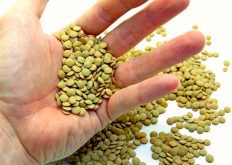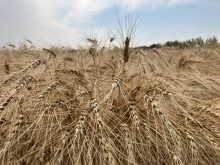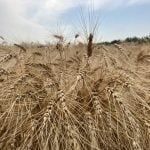Glacier FarmMedia – Depending on the type of lentil, prices in Western Canada were diverging in late-February, according to Levon Sargsyan of Johnston’s Grain.
“Lairds are seeing a stock shortage in the short term, causing a surge in old crop prices, now sitting at 81 to 82 cents per pound FOB farm,” stated Sargsyan, noting below average yields in 2023 also contributed to the decline in stocks.
In the Prairie Ag Hotwire compilation of prices from across Western Canada, as of Feb. 26, Laird lentils added two cents ranged from 57 to 78 cents/lb. delivered depending on the size.
Read Also

U.S. livestock: Feeder cattle hit contract highs on tight supply
Chicago | Reuters – All Chicago Mercantile Exchange feeder cattle futures and most live cattle futures hit contract highs on…
Although Eston lentils climbed higher earlier in February, most recently they gave up two cents, at 52.5 to 70/lb. delivered. The Richleas as well saw increases during the month, but stood unchanged this week at 54 to 75 cents/lb.
The red Crimson lentils slipped back earlier in February but turned steady to lower. This week, the number 3’s and X3’s were down a penny at 25 to 32 cents/lb., while the number 1’s and 2’s held firm at 33 to 36 cents.
“On old crop, red lentils are sliding back as the Australian supply/pricing has pressured the Canadian market. We see old crop red lentils offered regularly, where the producer expectation is closer to 40 cents/lb. FOB farm,” commented Sargsyan.
As February wound down, thoughts began to turn towards spring planting. Given the above normal temperatures across the Prairies this winter along with a lack of snow, there were concerns of which crops to plant.
“Although lentils are a good choice in drier areas, producers should be conscious of soil types and disease such as aphanomyces,” said Sargsyan.
— Glen Hallick reports for MarketsFarm from Winnipeg.

















